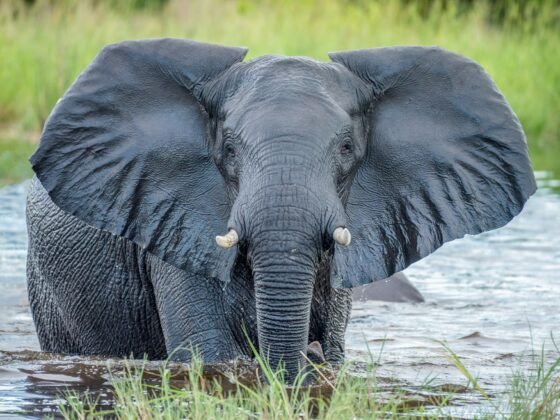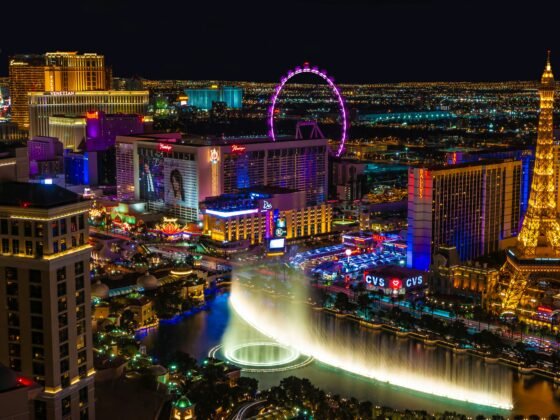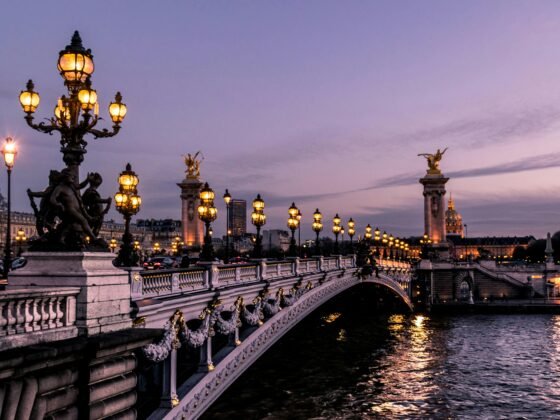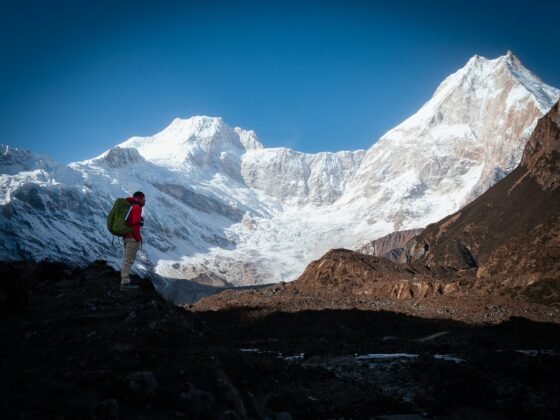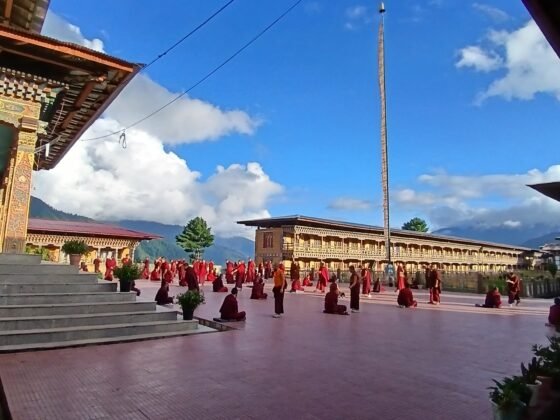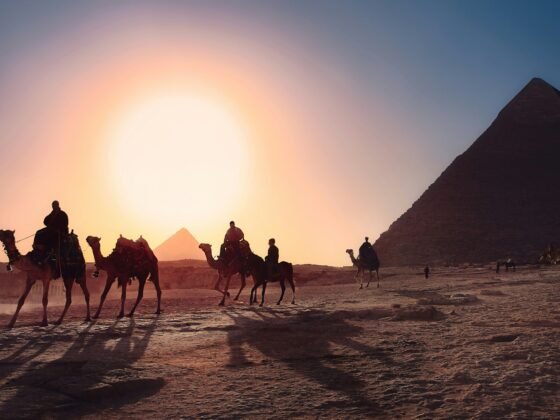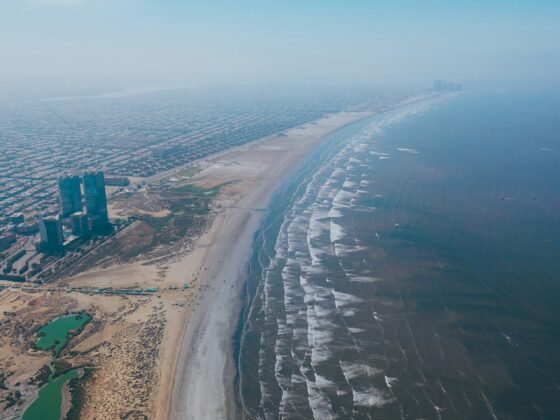The stunningly beautiful country of Argentina has more to offer curious travellers than ‘just’ beef, tango and soccer – there are the Andes, Patagonia and Buenos Aires. Prepare for an awesome assault on your senses: Argentina is lively, natural, historic and intriguing!
Buenos Aires – The capital city of Argentina, Buenos Aires, is absolutely brimming with culture, from the abundance of museums, art galleries and architectural wonders. Don’t miss the a night at the Opera at the legendary Teatro Colon, wander the up market barrio (district) of Recoleta and master the very sexy dance move, the tango!
Córdoba — Nestled in the very heart of the Pampas region Cordoba, Argentina’s second city and the American Capital of Culture 2006. Surrounded by majestic hills, Cordoba is brimming with colonial architecture, such as the handsome Iglesia Catedral, the Cabildo and museum and the stunning Ex Rectorado de la Universidad. Cordoba should also be nicknamed the museum city as its brimming with museums dedicated to the arts, science, technology and history.
Iguazú Falls – Spend a day at the spectacular Iguazú Falls in the far north-east corner of Argentina, which shares its border with Brazil. The UNESCO World Heritage Site rises to 269 feet (82 meters) and the 275 drops create a thunderously loud atmosphere. Nicknamed “big water” the falls were discovered in 1542 and are also one of the New 7 Wonders.
San Carlos de Bariloche — Nestled in the in the foothills of the mighty Andes Mountain range is the city of Bariloche. This is the perfect destination for a myriad of outdoor activities including skiing, hiking and trekking. Try camping and trekking the breathtaking landscapes of the Nahuel Huapi National Park. The cerros (hills) are plentiful, with something for all abilities. Trek the black glacier at Cerro Tronador, hike the orange forest of El Bosque de Arrayanes and ski over 100 km (62 miles) of ski runs at Cerro Catedral.
Mendoza – Peek in your wine rack and I bet you’ve got a cheeky bottle of Argentinian wine in there. And if top quality wine if your thing, then you must stop off at Mendoza to sample a wine or two. Located in the in Cuyo desert region, there are almost endless wine, bodegas (wineries), vineyard and tasting tours.
Pope Francis’ Birthplace – Follow the trail of Pope Francis’ Argentina from his birthplace in Flores in Buenos Aires, to the Inmaculada Concepcion Seminary where he studied and taught. Catch his beloved San Lorenzo Soccer Team in action and see where Pope Francis spent much of his priesthood in the magnificent Buenos Aires Metropolitan Cathedral. Buenos Aires is also a UNESCO World Book Capital City.
Mar del Plata – Located on Argentina’s east coast and looking out over the Atlantic Ocean, Mar del Plata has firmly established itself as the country’s premier beach resort – thanks in large to a glorious 10 mile stretch of luscious sandy beaches. La Perla in the north is perfect for families with every conceivable amenity on hand and Faro in the south is brimming with boutiques and not notch restaurants.
Rosario — The third largest city is a must-see for all architecture fans as its bursting with many fine neoclassical examples. It’s also the birthplace Che Guevara and his house can be visited on Urquiza Street and Entre Rios Street. And if you fancy tackling some salsa dance moves, you’re in the right place as Rosario is considered the Salsa Capital of Argentina!
Corrientes – The Mesopotamia region in the northeast of the country is home to the vast Esteros del Iberá wetlands which have been dubbed Argentina’s own Pantanal (after the extensive wetland system in Brazil). Head off from Colonia Carlos Pellegrini and don’t forget your binoculars and bird spotting guide.
Ushuaia – As well as being the southernmost city on earth, Ushuaia also views for the title of the most beautiful. This major town in the heart of the Tierra del Fuego is firmly established on the tourist trail and is the ideal starting place cruises into Antarctica and also adventure activities such as hiking, climbing and winter sports. Head into the pristine Tierra del Fuego National Park and admire the soaring snow-capped peaks within the awe inspiring Beagle Channel.
Peninsula Valdes – The wildlife rich nature preserve of the Valdes peninsula is also an important UNESCO World Heritage Site. The highlight here is the outstanding and unique fauna and geology. Spot guanacos (the iconic South America llama-like camelid), rheas (ostrich-like birds), penguins, sealions, and a myriad of bird species. It’s also an important breeding station for the endangered southern right whales and southern elephant seals.
Salta — Located in the Argentina regions of the Andean northwest and Chaco, Salta is renowned for its beautifully natural surroundings. Don’t miss the MAAM museum, and a take the train to the clouds, aka Tren a las Nubes which takes in the rugged scenery without having to spend a day hiking! You can also get a superb birdseye view over Salta by riding the cable car up the San Bernardo Hill.
Los Glaciares National Park – One of Argentina’s eight UNESCO World Heritage Sites is the Los Glaciares National Park whose mountains and glacial lakes are of exceptional natural beauty. The alpine national park is home to the vast Patagonian ice field – the largest body of ice outside of Antarctica.
Maipú – Explore the fascinating culture of Maipú, which is dominated by quaint little museums, vast vineyards and famous wineries. This is also the agritourism capital of Argentina so try tasks such as bee keeping and breeding thoroughbred horses. You can stay on a local ranch and live like a gaucho (South American cowboy).
El Calafate — This city lies on the Lake Argentino and is considered the national capital of the glaciers. Many travellers use it as the starting point of their journey to explore both the Glaciers National Park (see above) and the Perito Merino Glacier (see below). The city itself has an interesting museum at the Museo de El Calafate, spot vibrant flamingos on the Laguna Nimez and the whole family will appreciated the marine life on display in the Glaciarium.
Perito Moreno Glacier – Just 80km (50 miles) from the city of Calafate is the awesome Perito Merino glacier which travellers can traverse. Procedures have been tightened up somewhat, there is a hefty entrance fee, camping is now forbidden and all visitors must leave y 10pm. It’s well worth the trip though to experience the gigantic ice shards cracking and pulsating under your feet. Watch shards of glacier break off from the safety of the viewing platforms and listen in awe at the mighty roar.
Quebrada de Humahuaca – Dubbed the ‘Camino Inca’ trail, the Quebrada de Humahuaca offers a superb trail along the Rio Grande valley from the very peak of the Andes right down to the Rio Leone. The trail is 150km in total and was a major South American trade route. It’s also a recognised UNESCO site.
San Miguel de Tucuman — This city is steeped in important history: it was the site of the Declaration of Independence from Spain in 1816. It’s also the fifth biggest city in Argentina and highlights include the Government House, 9 de Julio Park which is the largest public park in the country and the main square of Plaza Independencia which contains its very own Statue of Liberty.
Puerto Madryn – Watersports fanatics should head to the city of Puerto Madryn in the Patagonian Desert region where the harsh Atlantic waters beckon. Located on the shores of Gulfo Nuevo the bay is a popular spot for surfers, windsurfers and kitesurfers. The beaches are also popular during summer but the waters can be cold and winds persistent. It’s also a popular gateway into the Peninsula Valdes (see above).
Ibera Wetlands — The rural Ibera nature reserve covers a vast 13,000 sq. km. and the eco village at the heart of the reserve offers a valuable insight into the local fauna, flora and birdlife. Spot caimans, capybaras, marsh deer, anacondas, howler monkeys, armadillos and over 350 different species of birds, many of which are listed as endangered.




